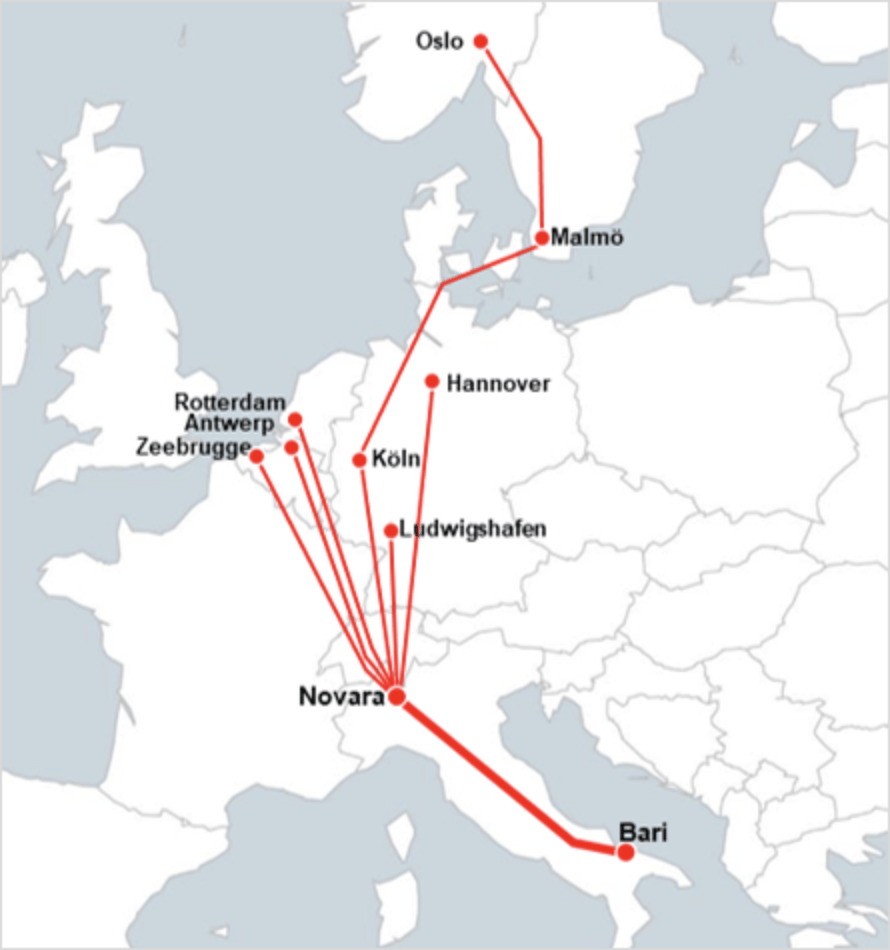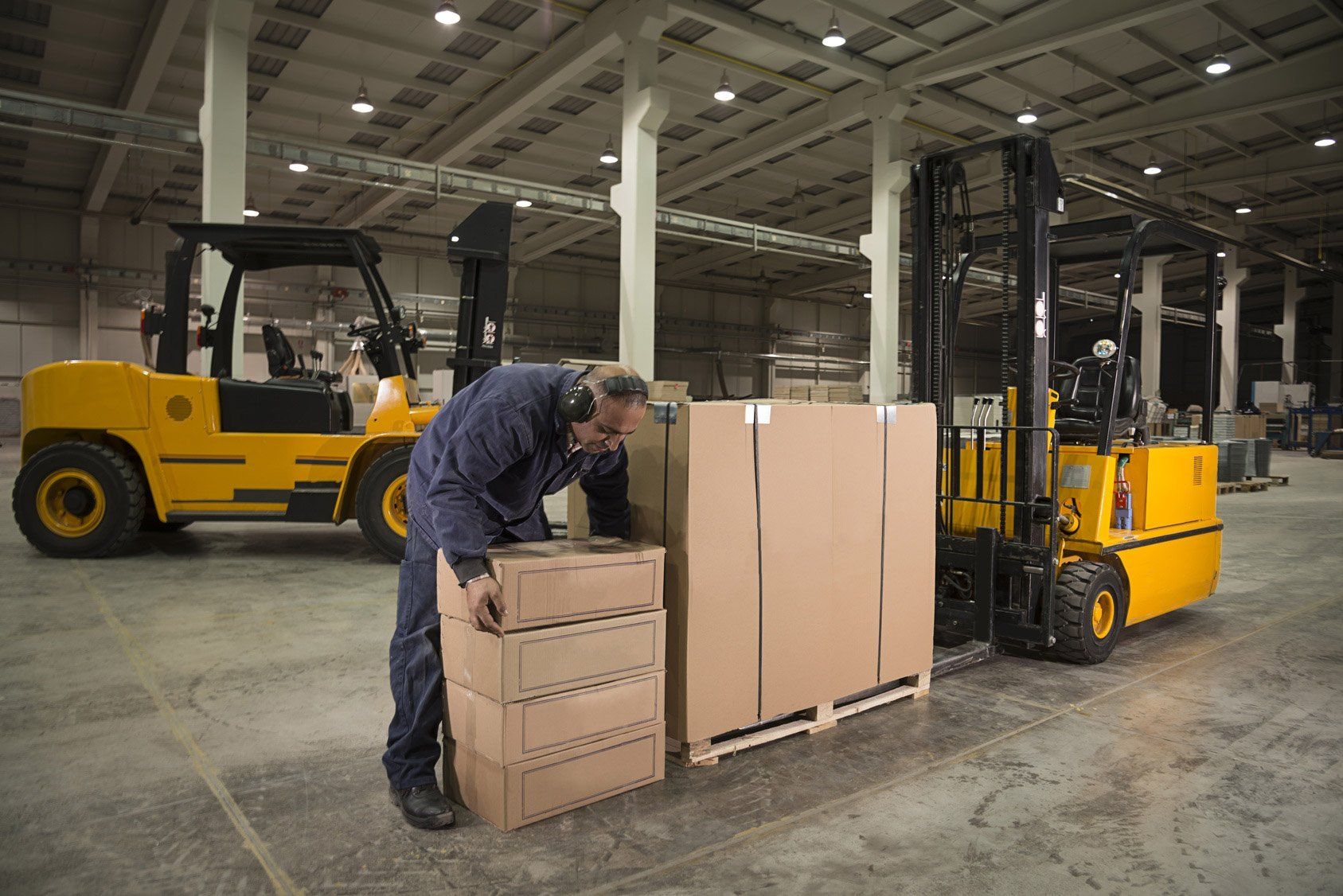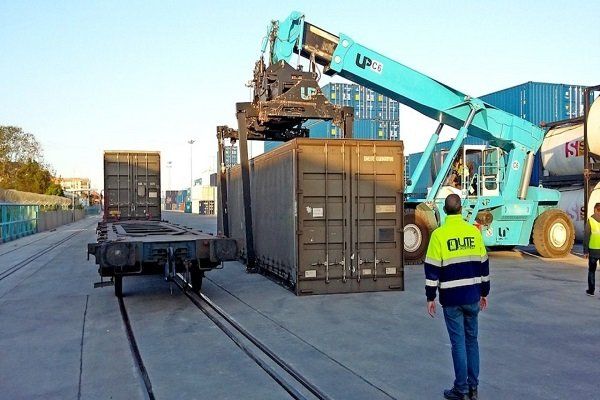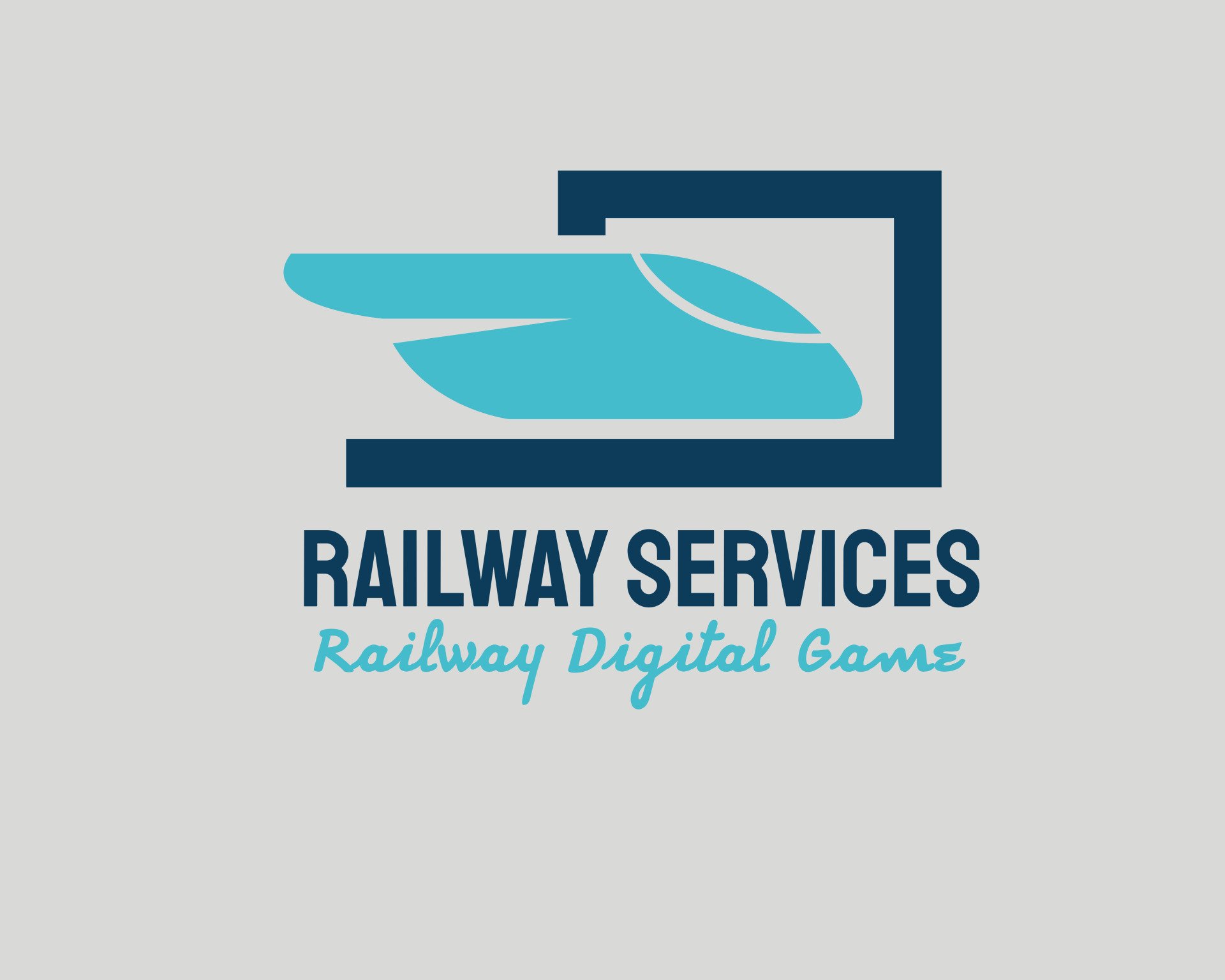In recent times a vast number of technological transformations has encompassed the maritime sphere. A recent study (2020) commissioned by the European Commission’s Directorate-General for Mobility and Transport (DG Move) analysed different social aspects of the maritime transport of goods, and identified two technological trends that are particularly visible on the blue horizon in the near future: autonomous and intelligent shipping. The prediction is that in the next three decades these two developments will have become the norm. Ship workers will soon be surrounded by technology that assists in the vessel’s functions, leading to a potential operational redundancy. Terminal operators and freight forwarders will have to deal with smart ports, the Internet of Things, and virtual realities, and the role of the ship operators will shift towards the virtual sphere. This implies a very different training paradigm for the future transport professional – as very different skills will become invaluable. Future professionals will need to acquire an amalgam of different skills, blending the mechanical with the technological, and educational institutions will need to adapt. Covid-19 has doubtlessly accelerated this timeline towards virtual training.
The maritime industry is playing an essential role in the short-term emergency response to COVID-19 by easing the transport flows of vital commodities and products. Although a considerable number of ports has succeeded to stay open to cargo operations, the sector has been hit regardless, and economic losses have been recorded by ports across the Mediterranean. Most of the ports still remain closed to passenger traffic. Mid and long-term recovery will need to further enhance sustainability and resilience of the maritime transport sector as a whole, for sustaining jobs, international trade, and global economy, as much as possible.
The Coronavirus pandemic been instrumental in shifting the ways in which we operate. Overcoming physical distances has become essential to ensure the continued development of businesses ranging across all industries – with the education sector particularly being hit hard. The solution for many has been to turn towards digitisation. Automation, artificial intelligence and the growth of the Internet of Things has enabled many companies and institutions to reshape their business models and operate in remote environments.
For a centre like the Escola, which relies on experiential learning methodologies, the technological shift has proved particularly tricky. It’s proven approach towards delivering knowledge through a combination of theoretical lectures and practical workshops is quite difficult to replicate in a digital environment – even with the help of the increasingly popular online meeting applications such as Zoom, WebEx and Go2Meeting. A solution has presented itself in the form of a new project – YEP-MED, or the “Youth Employment in the Ports of the Mediterranean”, which will be launched in September 2020.
The project, headed by the Escola Europea and with 11 partners coming from 7 countries on the Northern and Southern shores of the Mediterranean (Spain, Italy, France, Lebanon, Egypt, Tunisia, Jordan), has been selected as one of the projects under the European Neighbourhood Instrument CBCMED in 2020 (http://www.enicbcmed.eu/) . The goals of the project are to adapt training to the sector’s real needs and allow for the acquisition of skills to succeed in the work context; to strengthen the ability of Port Authorities and training centres to combine training and job placements by collaborating with at least 600 companies in 7 countries of the ENI area; and increasing employment rates of young people and women and offering them a real possibility to work within personalised mentoring and tutor programs.
How will this training be offered, in the aftermath of Covid-19? To replace the regular experiential approach of the Escola’s proven methodology, YEP-MED will take the training into the virtual world. The students will take part in teleconferences during workshops and debates with professionals and teachers. These will be accompanied by online on-demand training, which the students will need to complete during the 3 week long courses. If the health-related crisis subsides and the situation permits it, visits to port installations will accompany the on-demand classes. The final element to cement knowledge acquisition will be simulation. Working with ERP (Enterprise Resource Planning) systems, the project partners will re-create digital twins of the port communities involved in the project. They will then ask the participants to take over practice enterprises and solve certain case studies involving transport operations. This system will ensure that the participants (albeit remotely) experience the operations themselves, and gain a considerable amount of experience before entering the work force.
Whether or not this new approach will prove effective, and will become the blueprint to use in future maritime training schemes, is to be seen. Being able to experience the operations in a world as complex as the maritime world is essential to prepare young people for real life operations. The virtual world cannot ever completely replace the physical experience – but in today’s reality it is the best option that educators have to prepare future professionals. Automated processes on board of ships, the internet of things, and smart ports all contribute and make the ERP more reliable and easier to programme. Different sectors have already taken the virtual plunge with training (air transport being one of the most famous ones, given the high cost and risk of real-life tests). Perhaps the sea is next in line.







